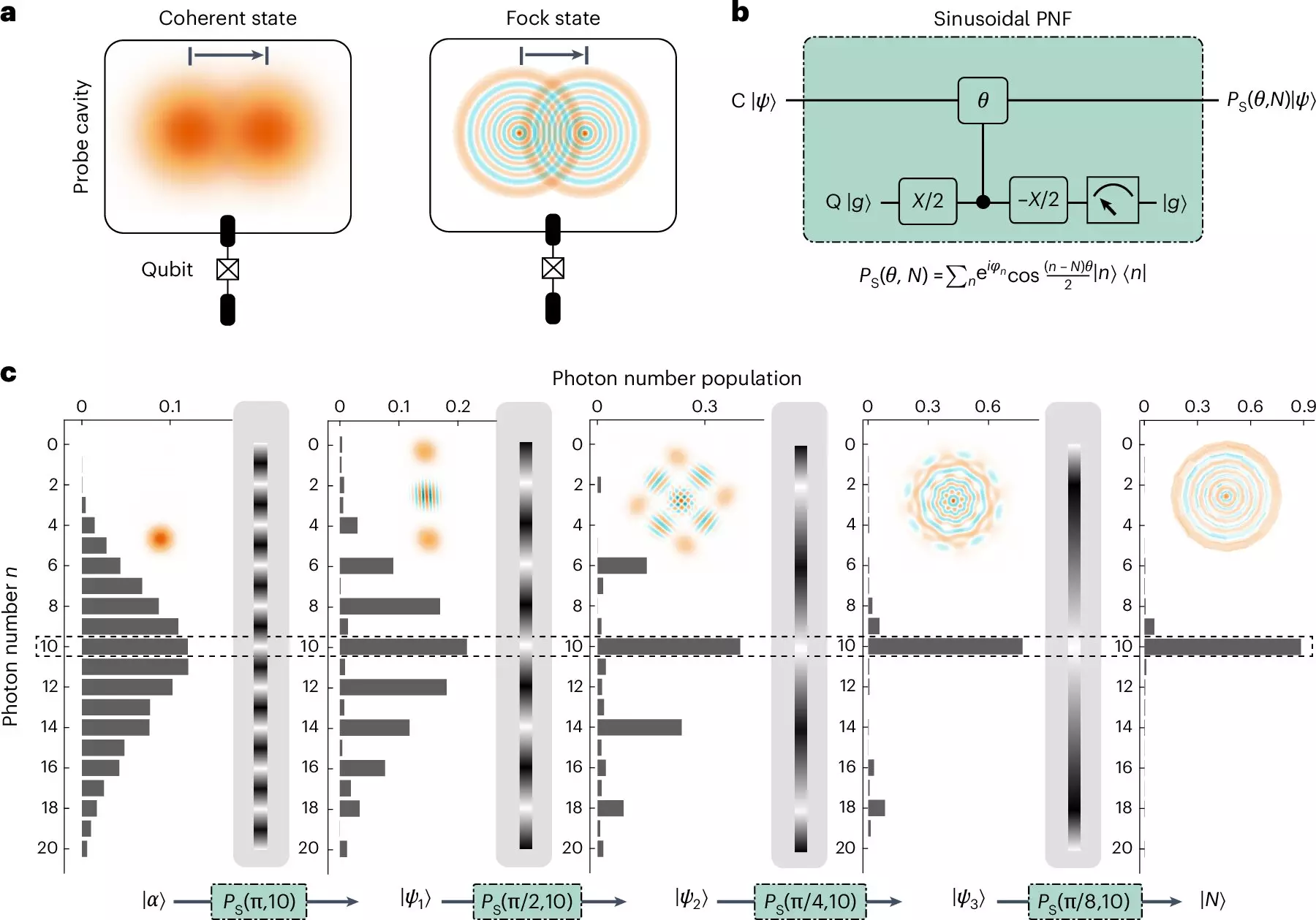In recent years, the field of quantum metrology has emerged as a groundbreaking domain that combines principles of quantum mechanics with precision measurement techniques. The ability to achieve highly accurate measurements is essential across various scientific and technological sectors, including physics, engineering, and even biomedical research. This article explores recent advancements in quantum-enhanced metrology, highlighting a novel approach developed by researchers to improve measurement precision through the manipulation of Fock states.
High-precision measurements serve as the backbone for critical research and innovative technologies. In physics, such accuracy helps not only in validating theoretical frameworks but also in uncovering new phenomena that classical measurement methods might overlook. Quantum-enhanced measurement techniques can theoretically surpass classical methods; however, these techniques rely heavily on the successful manipulation of non-classical states, a task that has historically posed considerable challenges for researchers.
At the forefront of this research are scientists from the International Quantum Academy in collaboration with the Southern University of Science and Technology and the University of Science and Technology of China. Their recent findings, published in *Nature Physics*, introduce an innovative method for generating large Fock states, pushing the boundaries of what can be achieved in quantum measurements. Specifically, their approach allows for the generation of Fock states containing nearly 100 photons, an impressive feat that marks a notable advancement in the field.
Fock states, in essence, represent quantum states with a well-defined number of particles—in this case, photons. Such states are particularly valuable in metrology, as they produce intricate interference patterns that become more pronounced with increased photon numbers. This phenomenon signifies that higher photon counts can yield finer resolution in detecting shifts induced by external influences, thus enhancing measurement accuracy.
The foundation of the researchers’ success lies in the employment of two novel photon number filters (PNFs): the sinusoidal PNF and the Gaussian PNF. The sinusoidal PNF functions by inserting a conditional operation into a Ramsey-type sequence to selectively control the photon output from the cavity states. By modulating the states of an ancilla qubit, researchers can effectively filter out specific photon numbers, allowing for precision in generating desired Fock states.
In contrast, the Gaussian PNF utilizes a different mechanism by applying a qubit flip pulse enveloped in a Gaussian function. This enables the concentration of photon numbers around a target Fock state, thus tightening the photon ensemble to ensure higher measurement precision. The synergy between these two filtering techniques notably enhances the efficiency of Fock state generation, an advantage that stands in stark contrast to previous methods that required exponentially more resources.
A standout feature of the presented approach is its efficient scaling. Unlike earlier proposals that demanded polynomial increases in resources with the number of photons, the current method scales logarithmically. This results in a more practical application, accommodating larger systems with many photons without a corresponding rise in complexity or resource requirements.
Moreover, the impact of this research transcends theoretical exploration; it paves the way for tangible applications in diverse fields. Potentially transformative advancements could arise in areas such as high-precision radiometry, gravitational wave detection, and even searches for elusive dark matter particles, all hinging on the accuracy of measurements implicated by this cutting-edge research.
Looking ahead, the team emphasizes their ambition to enhance the coherence of their quantum systems further and devise scalable quantum control techniques. These advancements are crucial as they aim to generate even more significant numbers of Fock states to achieve higher metrological gains—pushing the frontiers of precision measurement even closer to theoretical limits, including the Heisenberg limit.
As noted by co-author Yuan Xu, such developments are not limited to experimental physics. The implications resonate broadly across disciplines that depend on high-accuracy measurements, potentially catalyzing novel discoveries and technological innovations. This amalgamation of theoretical acumen and practical innovation suggests a bright future for quantum metrology as it increasingly integrates into varied scientific endeavours.
The ongoing research into quantum-enhanced metrology signifies an exciting chapter in the realm of precision measurement. By harnessing the unique properties of Fock states and combining sophisticated photon filtering techniques, researchers have taken a significant step towards achieving unparalleled measurement accuracy. As the team at the International Quantum Academy continues to refine their methods, the scientific community eagerly anticipates the potential breakthroughs that lie ahead—a testament to the transformative power of quantum metrology in writing the next chapter of scientific discovery.


Leave a Reply